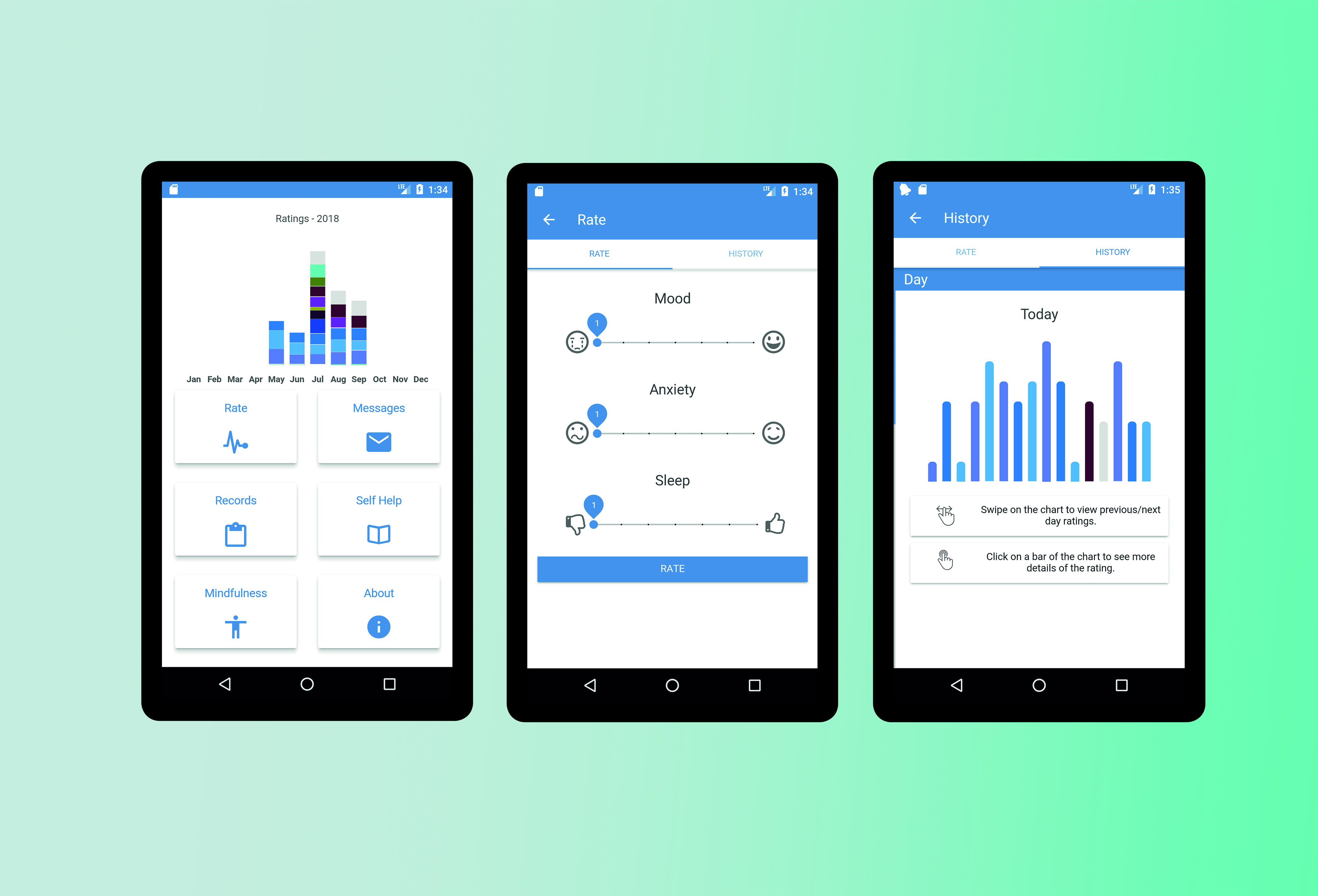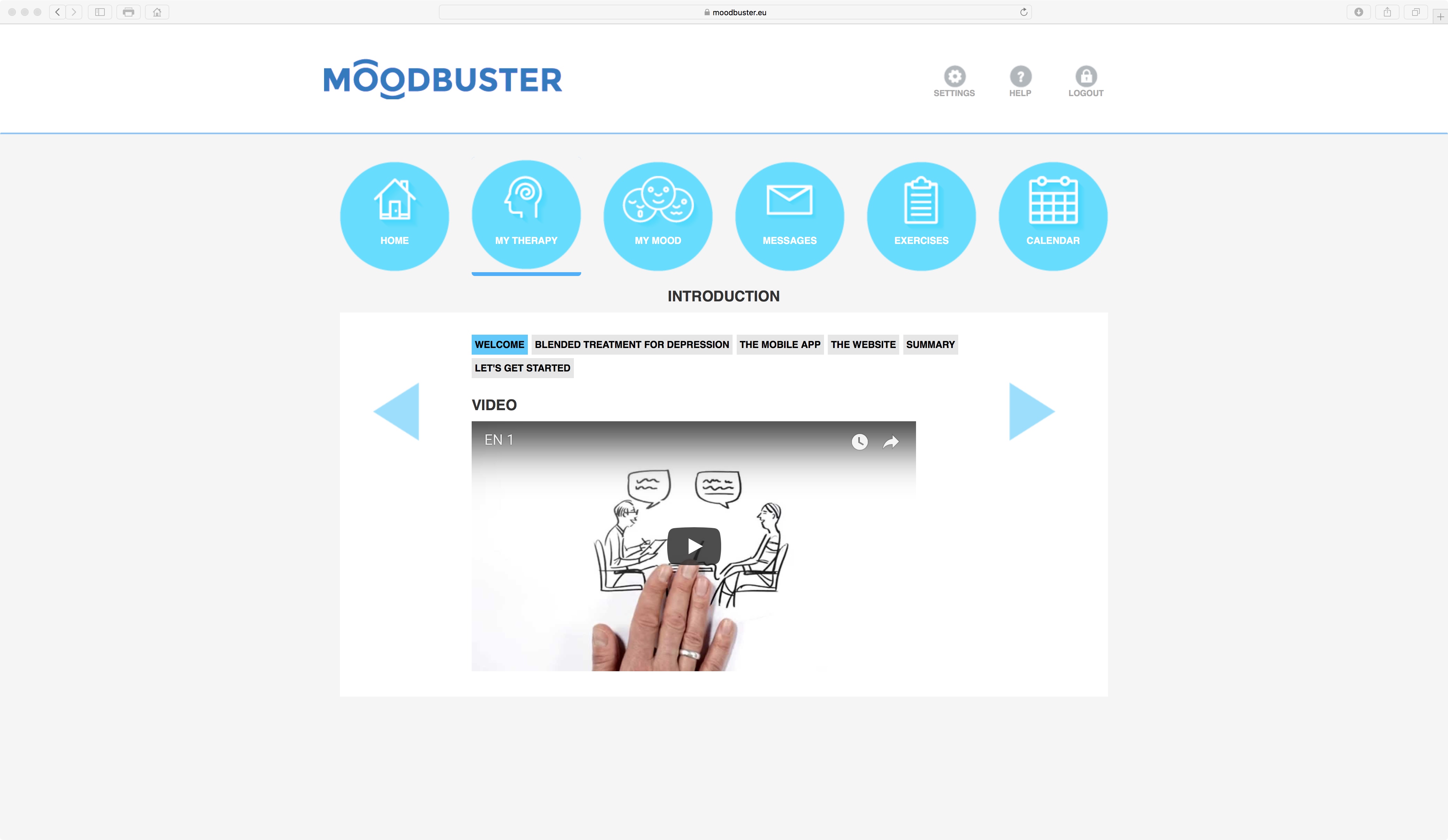Embodied conversational agents (ECAs) are computer-generated characters that simulate human-like behaviors to communicate with users. Can ECAs be used to bridge the gap between guided and unguided online interventions for mental health disorders? What is the effectiveness of ECAs used in internet interventions for the treatment of (light to mild) depression? Do they have a positive effect on rates of client adherence to treatment?
Simon Provoost, PhD student at VU University, decided to investigate the effectiveness of ECAs in online interventions for depression. “One could think that technology driven goals, such as making ECAs as realistic as possible, are the main motivation for their development. Around the world, many companies and technicians are investigating and developing advanced applications to detect emotions and ways to respond to the participants, which leads to very beautiful avatars and agents. But is it really necessary to use such advanced ECAs to achieve a desirable result? Is it worth the effort, time and costs? Or can you improve adherence or effectiveness with relatively simple techniques and elementary ECAs? I started my research with a literature study and did not find very much evidence for such effectiveness.”
Elementary feedback
After a literature study, a second study followed. There were two groups of participants. The first group was, after finishing a question, confronted with an ECA that gave some elementary feedback on the progress, such as a simple static smiley or thumbs-up picture. A modest interaction, in fact. The other group that attended the intervention, got no support or feedback from any kind of ECA. The researchers saw differences between the two groups, but those were not in line with their expectations. “The adherence of the people that got some feedback of an ECA was uniform; in the other group the adherence rates were fluctuating. The average in the second group was, however, equal to the average of the first group.”
More sophisticated follow-up
“ECAs have three necessary components: they need to have embodiment, they must interact with the participant (give simple feedback for example) and they have to act ‘clever’. This means it is not just that simple ‘smiley’ showing up at the end of a lesson, regardless of what you did - it is a smiley that for instance does something different when you take 20 seconds instead of five minutes to answer 10 questions. Our next step will be a study on the effectiveness for adherence of a more clever ECA. More than just ‘thumbs up’ or ‘well done!’, this ECA will respond to what participants have been doing in the intervention. It acts as a kind of functional agent, a virtual coach. For this study, which only will take place in The Netherlands, we are going to use a ‘light’ version of Moodbuster, developed for people with low mood, but not for people with actual depression. The main goal is to teach them certain techniques to attain more positive impulses.”
The texts of the light version of Moodbuster are translated in Dutch and there is also a simple virtual coach. Goal is to recruit 50 – 70 people, of which 50% gets a virtual coach and 50% do not. The study starts in December 2018 or January 2019.



